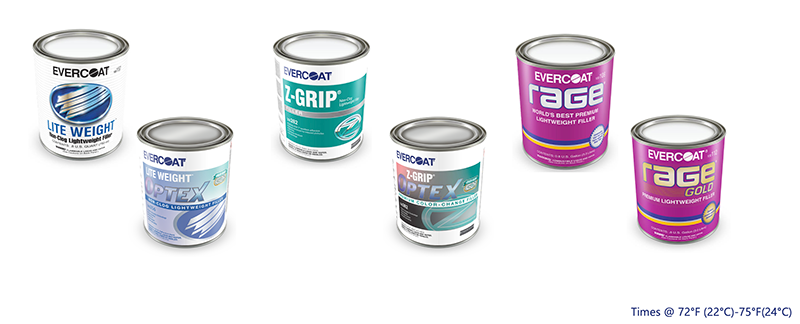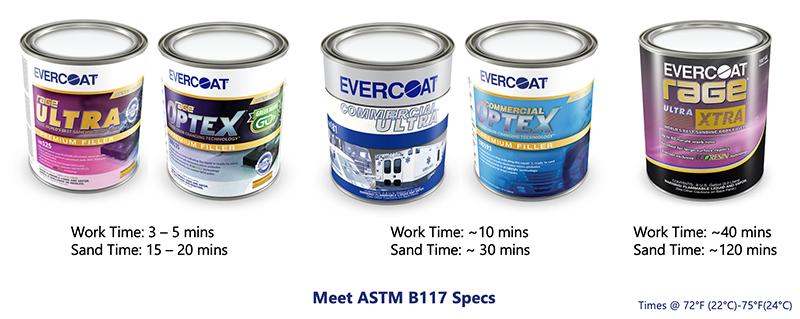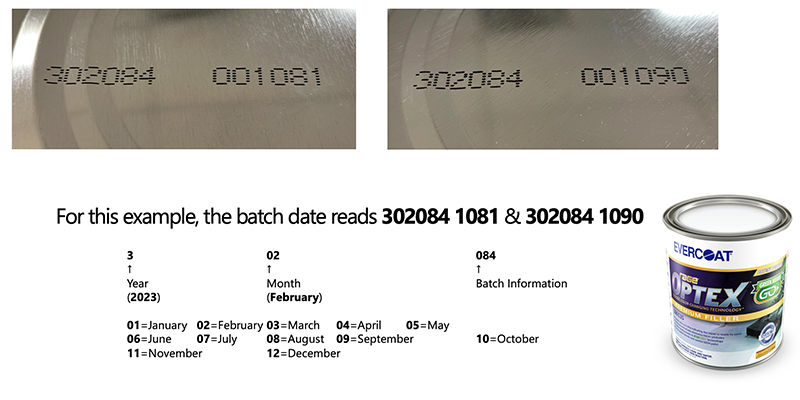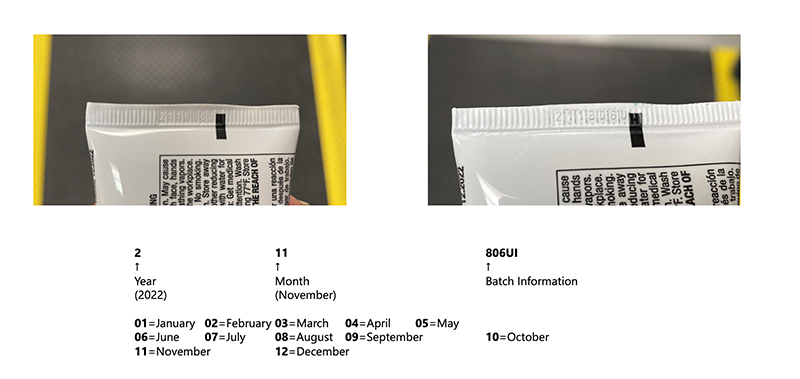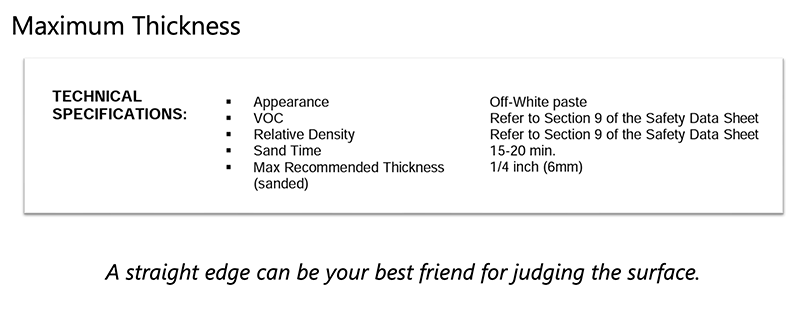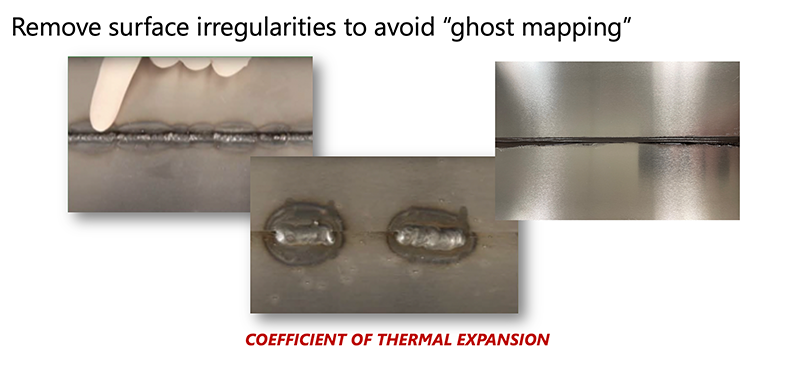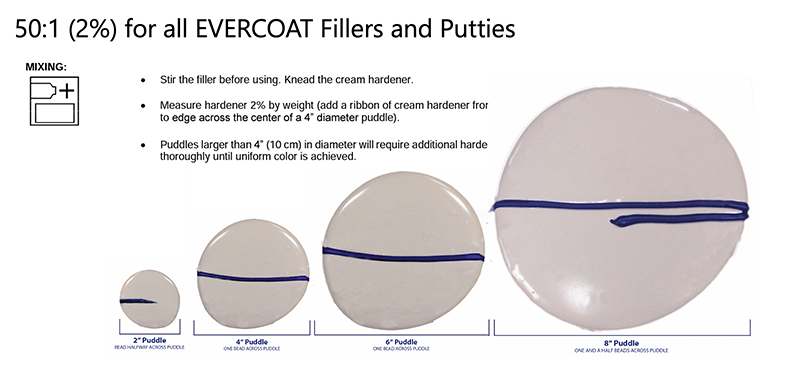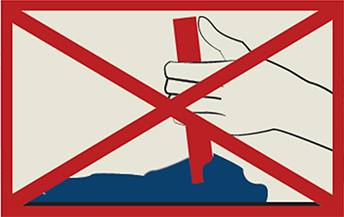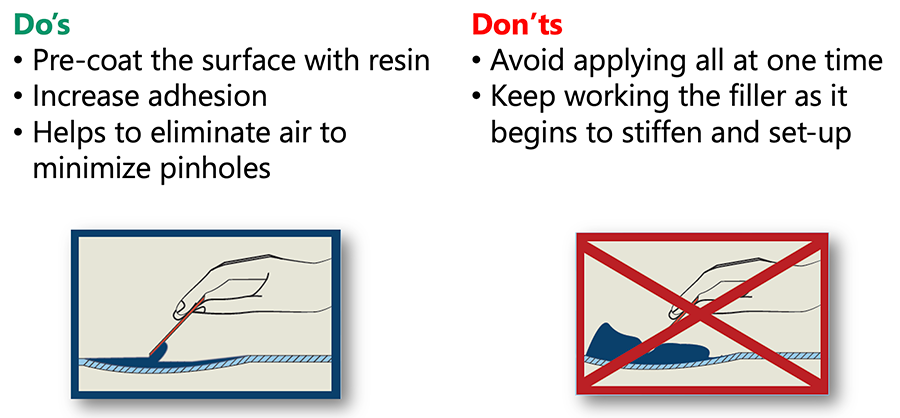IMPORTANCE OF STANDARD OPERATING PROCEDURES
EXPERT PRE-PAINT STANDARD OPERATING TECHNIQUES FOR INCREASED EFFICIENCY & PRODUCTIVITY
A Standard Operating Procedure (SOP) process creates consistency and efficiency for ensuring optimal results and customer satisfaction!
Learn about the pre-paint body filler repair process to help make your shop locations become more productive, avoid rework, and save you money.
The Do’s and Don’ts of Body Filler
- Shop Safety Procedures
- Read product batch dates
- Surface Preparation to maximize repair longevity
- Body filler catalyzation
- Application techniques for improved performance
BEST PRACTICES FOR SAFETY
ALWAYS use the appropriate PPE
- Eye Protection for surface preparation (Flying debris and particulate-Grinding & Sanding)
- Hearing Protection
- Gloves for protection from solvents and materials
- Respirators for protection from
PRODUCT BATCH DATES
PROPER PREPARATION
Follow Vehicle manufacturer recommendations
Steel and Aluminum get treated differently
- Know the differences
- Should be repaired differently (Sanding vs. Grinding)
Grinding to aggressively remove the paint [because it’s faster] can damage the panel.
AVOID GRINDING!
- Use 80-120 grit for paint removal and general surface preparation
- Use 180-220 grit for featheredge areas
“Slow is smooth, Smooth is fast”
“Fastest isn’t always the best”
Things to avoid…
- Wiping the area with slow solvents
- Using prep wipes that etch the metal or leave a coating
- Applying an incompatible primer

